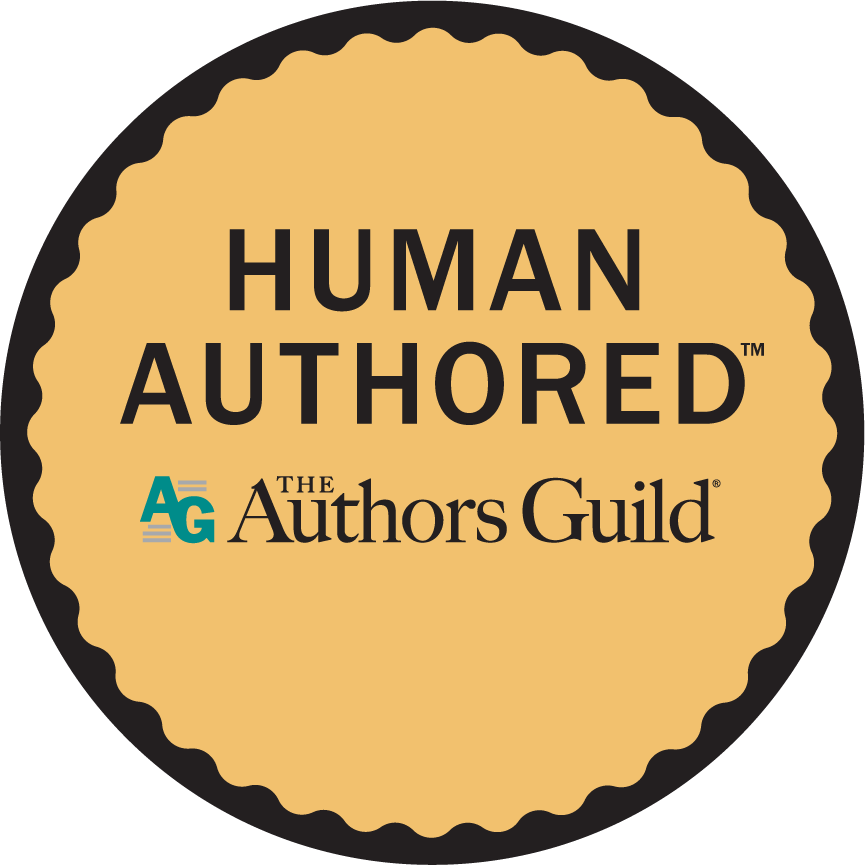About
During Ralph White’s career in corporate finance, spanning the 70s, 80s, and 90’s, he worked for American Express, the Chase Manhattan Bank, and Sumitomo Bank. His assignments included Vietnam, Thailand, Hong Kong, Japan, and New York. He is a graduate of Columbia University’s School of Business Administration.
After 9/11 Ralph traded his corporate finance career for public service and writing. He founded and, for ten years, served as the president of the Columbia Fiction Foundry, a writing workshop for alumni of Columbia University. He currently serves as its chairman.
He is the author of Getting Out of Saigon, How a 27 Year Old Banker Saved 113 Vietnamese Civilians. He also authored Litchfield, a local history of his hometown, Litchfield, CT.
Featured Work
Getting Out of Saigon

At age twenty-seven, Ralph White was the manager of The Chase Manhattan Bank’s Saigon branch during the 1975 fall of Saigon. The bank had assigned him there to keep the branch operating as long as possible and to evacuate its Vietnamese employees and their families before Saigon fell to the North Vietnamese Army. During an earlier military offensive, the Northern troops had executed tens of thousands of civilians in mud-filled killing pits. Chase senior management had to assume that would be their employees’ fate if they were unable to escape. Somehow in the crush of events, White also found a mission in rescuing a teenage prostitute and helping her to escape.
Chase needed an American citizen to keep its Saigon branch on life support as the North Vietnamese army closed in, and White was the ideal candidate: young and single. Expendable. As it happened, he could also speak rudimentary Vietnamese, fly a plane, navigate an ocean vessel, and moreover, was working a ninety-minute flight away in the bank’s Bangkok branch. Chase management wouldn’t need to know how comfortable he was with firearms.
White’s first-person narrative describes how he took over Saigon Branch, met the Vietnamese staff, introduced himself to the senior diplomats at the U.S. Embassy, the CIA, and the military, and repeatedly and fruitlessly tried to organize the evacuation of his employees and their families. White’s challenge crystalized as Ambassador Martin and his senior staff at the embassy refused to acknowledge that the war was irretrievably lost, and as the ambassador actively obstructed White’s efforts to evacuate his staff to safety. At that point an ad hoc corporate assignment became an intensely personal test of wills with the ambassador. With each passing day, the North Vietnamese army got closer and closer, and Ambassador Martin became more and more unhinged from reality. The tension in Saigon increased exponentially. White would know; he was in that embassy every day, roaming from office to office and groveling for the help that Ambassador Martin had promised Chase Chairman David Rockefeller and had subsequently withdrawn. At one point White discovered that Ambassador Martin had cabled Secretary of State Henry Kissinger that the evacuation of South Vietnam’s gold should have a higher priority than the evacuation of Chase’s employees.
On April 24, White struck on a solution. After watching thousands of Vietnamese dependents of retired military personnel boarding evacuation planes at Tan Son Nhut Air Base and getting flown to safety, he developed a strategy to legally adopt the bank’s employees and take them out as his wards. The ambassador could legally obstruct the evacuation of The Chase Manhattan Bank’s employees, but once they became White’s family, Martin would be powerless to thwart his plan. The next step was to find a consular officer willing to sign the rather unorthodox adoption papers. It worked, and over the next two days, White managed to get all 113 of his wards aboard U.S. Air Force cargo planes. He boarded the last flight with them, every bit the refugee they were.
White’s story concludes with him shepherding his new family members through the labyrinth of military, political, and corporate obstacles in the Philippines, Guam, Camp Pendleton in California, and finally to New York where David Rockefeller relieved him of them. When White shook Rockefeller’s hand for the cameras, he was still wearing clothes in which he’d slept on the ground on that last night in Saigon.
Other Works
-
Litchfield
2011


